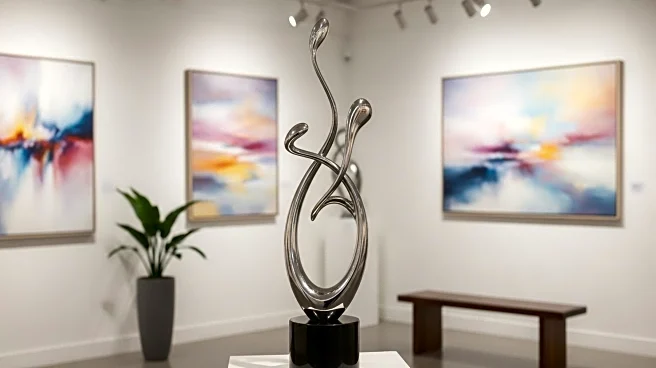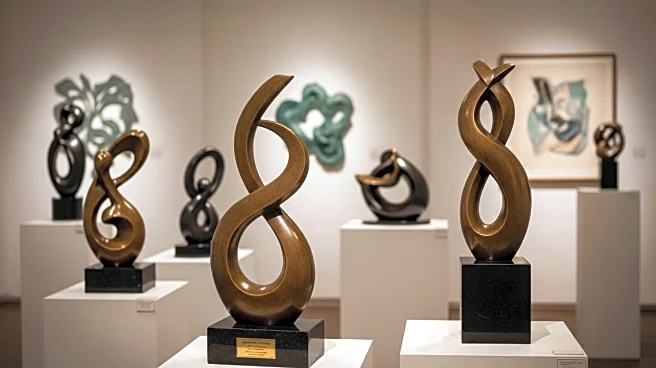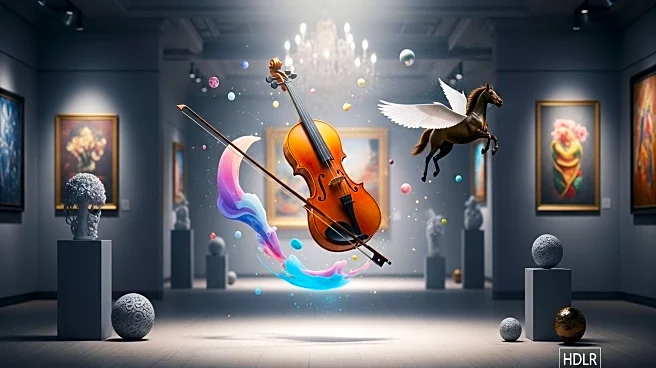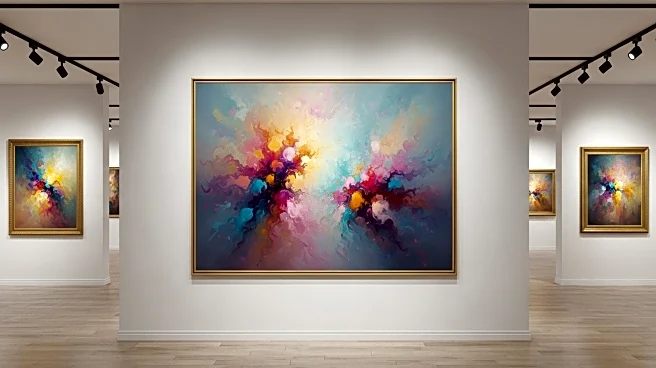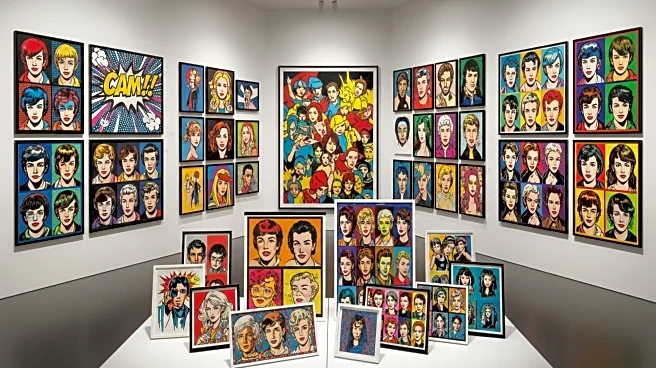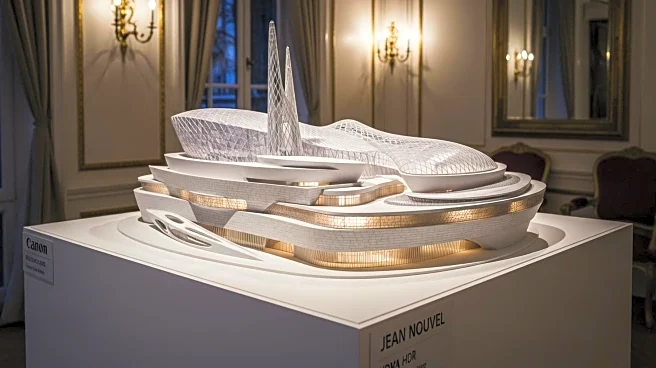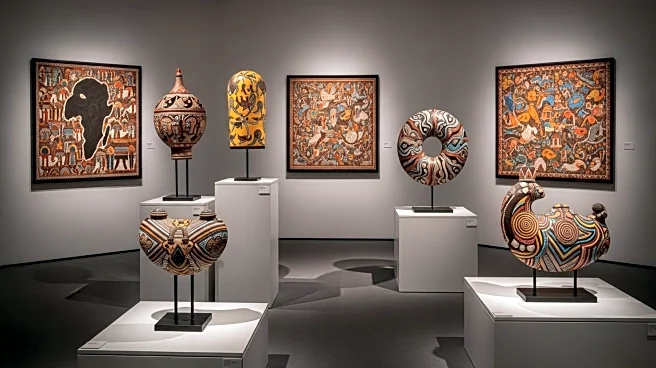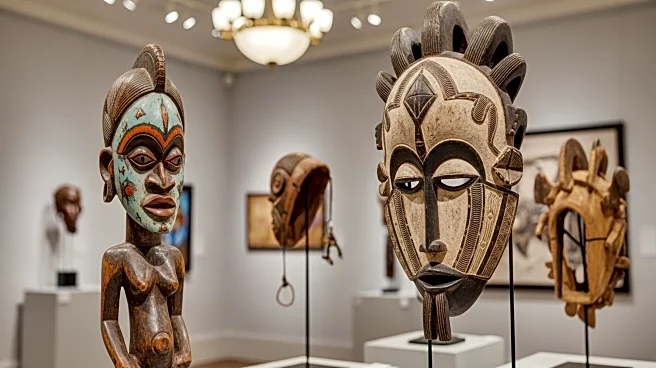What's Happening?
The Fondation Cartier pour l’Art Contemporain in Paris has unveiled its new flagship museum, designed by architect Jean Nouvel. The museum is housed in a historic building opposite the Musée du Louvre, featuring a completely redesigned interior with five mobile steel platforms that can be arranged in 11 different configurations. This innovative design allows for flexible art displays and adapts to artists' works and ideas. The building preserves its historic facade while incorporating modern engineering feats, such as synchronized electric motors for platform movement. The inaugural exhibition, 'Exposition Générale,' showcases works from the Fondation Cartier's history, with pieces by over 100 artists.
Why It's Important?
The opening of the Fondation Cartier's new museum represents a significant development in the art world, highlighting the trend towards adaptable and dynamic exhibition spaces. This approach allows for greater creativity and flexibility in art presentation, potentially influencing future museum designs globally. The museum's ability to transform its interior to suit different exhibitions could attract a diverse range of artists and visitors, enhancing Paris's reputation as a leading cultural destination. The project also underscores the importance of preserving historical architecture while integrating modern technology, setting a precedent for future renovations of historic buildings.
What's Next?
Following the inaugural exhibition, the museum plans to host a solo show for Ghanaian artist Ibrahim Mahama, featuring site-specific installations. Other upcoming projects include a piece by Wu Tsang combining film, sound, and live performance, and a performance by fashion curator Olivier Saillard. The museum aims to offer a wide spectrum of programming, from visual arts to live performances and science, supported by facilities like an auditorium, bookstore, café, and education center. This diverse programming is expected to attract a broad audience and foster cultural exchange.
Beyond the Headlines
The Fondation Cartier's innovative design may inspire other institutions to rethink traditional museum spaces, potentially leading to a shift in how art is experienced and interacted with. The emphasis on flexibility and adaptability could encourage museums to become more inclusive and responsive to contemporary artistic needs. Additionally, the integration of technology in historic buildings raises questions about the balance between preservation and modernization, prompting discussions on architectural ethics and sustainability.

